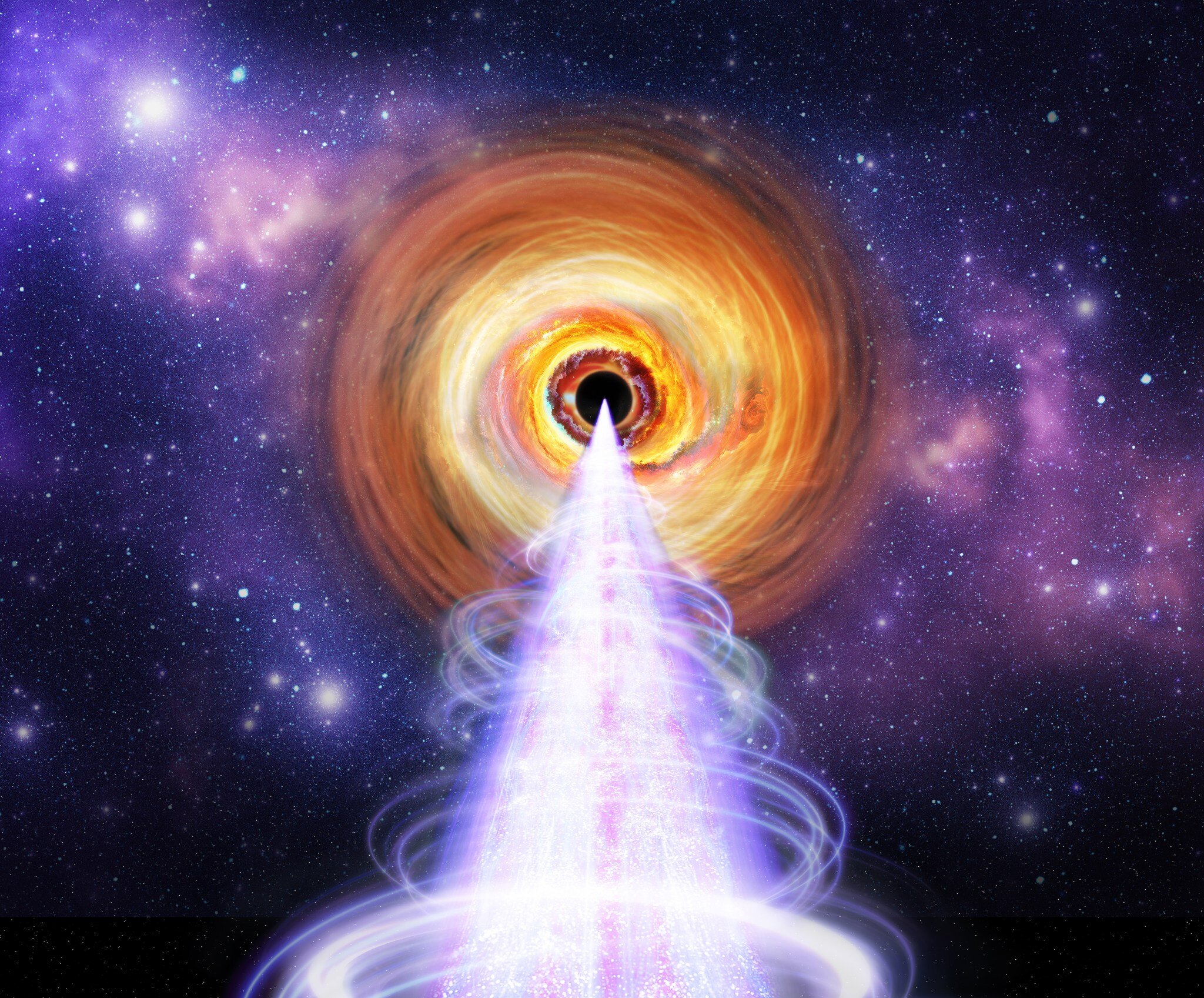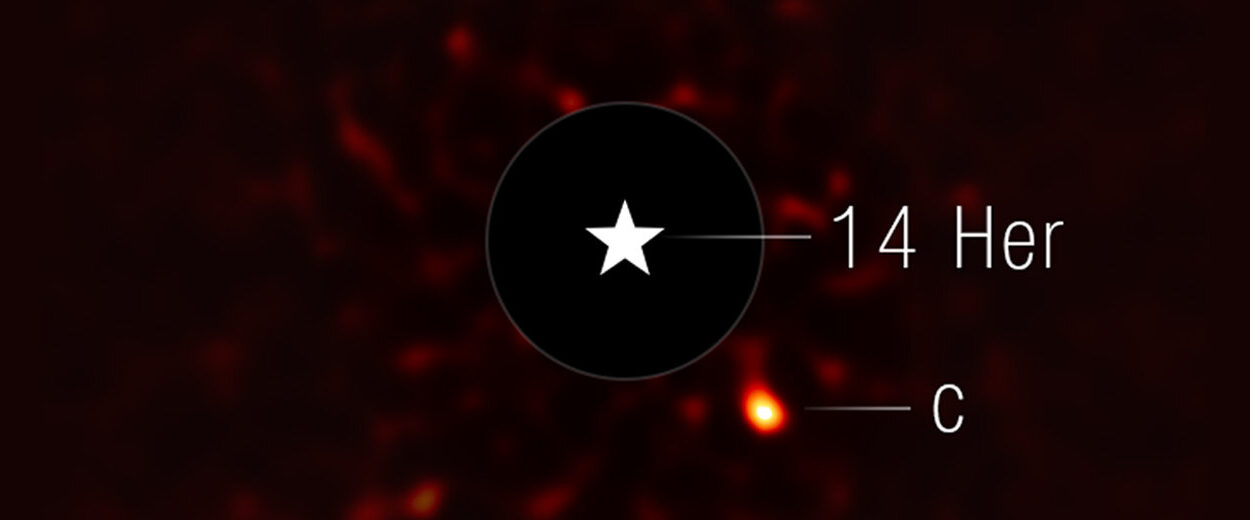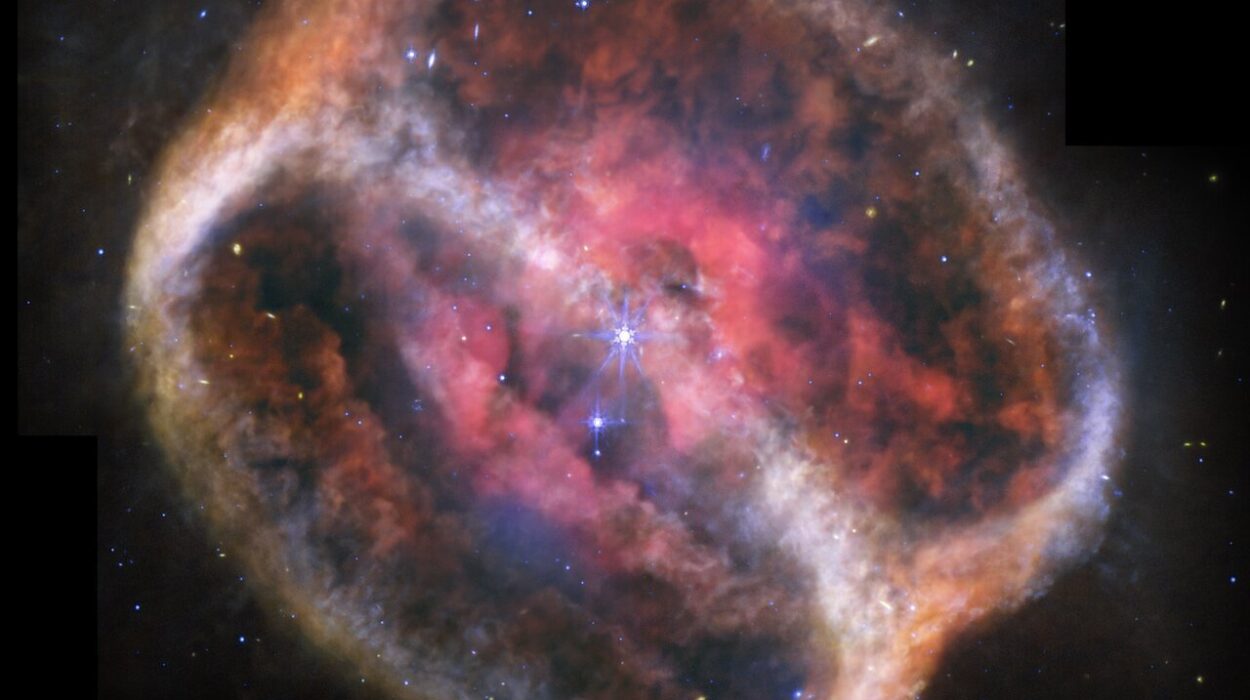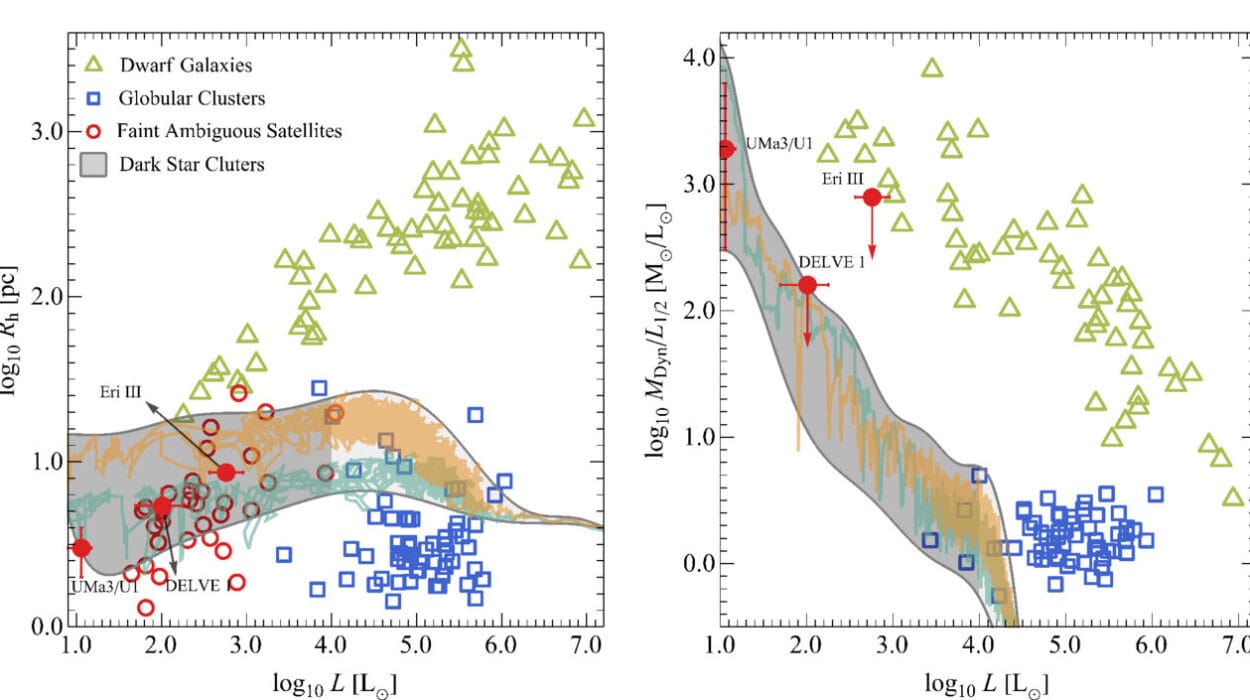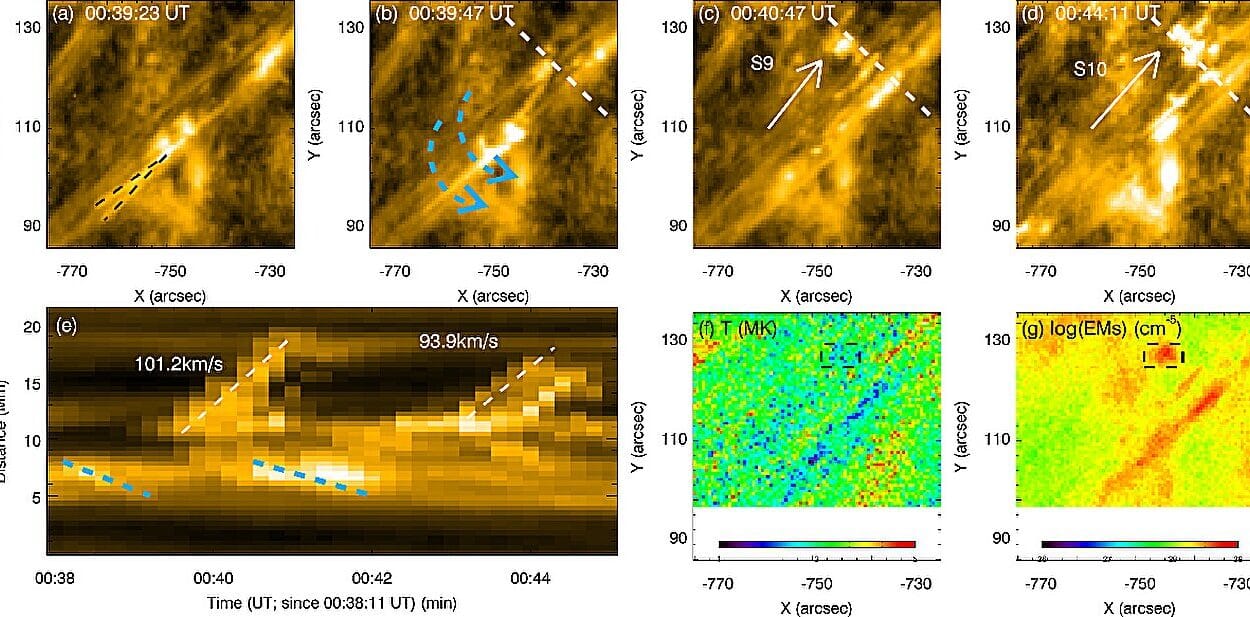Imagine a colossal cosmic engine—an ancient, ravenous supermassive black hole—flaring with light and matter from the very heart of a distant galaxy. Surrounding it is a radiant accretion disk and twin jets of energized particles shooting outward at nearly the speed of light. Now, aim one of those jets directly at Earth. This is the dramatic setting of the blazar BL Lacertae, or BL Lac for short. And in late 2023, this enigmatic object became the stage for a scientific breakthrough.
For decades, astronomers puzzled over a fundamental question: how do these jets of matter generate powerful X-rays in such extreme environments? Thanks to NASA’s IXPE (Imaging X-ray Polarimetry Explorer) and a coalition of Earth-based observatories, we now have a compelling answer. The finding, soon to be published in Astrophysical Journal Letters, not only resolves a decades-old mystery—it redefines our understanding of high-energy astrophysics.
The Puzzle of Polarized Light
Light, in all its forms, carries more than just energy. It also carries information about the conditions from which it originates. One key property is polarization—a description of the orientation of light’s electromagnetic waves. In the chaos of a supermassive black hole’s jet, polarization becomes a cosmic fingerprint.
Two competing theories vied for dominance in explaining X-ray production in blazars. The first involved protons—the heavyweights of atomic particles—spiraling in intense magnetic fields or colliding with the jet’s own photons to produce X-rays. This mechanism would result in highly polarized X-ray emissions.
The second theory put electrons at center stage. Here, the process called Compton scattering takes over. High-speed electrons, moving close to the speed of light, slam into lower-energy photons (like those from infrared light), boosting them to the X-ray regime. This process, however, leads to a lower degree of X-ray polarization.
Distinguishing between these two required one thing that, until recently, no satellite could provide: the ability to precisely measure the polarization of X-rays in distant cosmic phenomena. That changed when IXPE launched on December 9, 2021.
The Power of IXPE: A New X-ray Vision
IXPE is a mission decades in the making. A collaboration between NASA and the Italian Space Agency, it is the first space observatory designed specifically to measure the polarization of X-rays. With three identical telescopes aboard, IXPE opened a new window into the high-energy universe.
In November 2023, IXPE trained its X-ray vision on BL Lacertae for seven uninterrupted days. Simultaneously, ground-based radio and optical telescopes monitored the blazar’s behavior in their respective wavelengths. It was a global symphony of observation, each instrument adding a piece to the puzzle.
What made this particular observation special was a cosmic coincidence: BL Lac was in an unusually high optical polarization state—47.5%, the highest seen in any blazar in over 30 years.
A Breakthrough in the Data
While optical light from BL Lac was highly polarized, IXPE revealed a striking contrast in the X-ray data. The X-rays carried no more than 7.6% polarization—a far cry from the levels predicted by the proton-based theory. The implications were unambiguous.
“This was one of the biggest mysteries about supermassive black hole jets,” said Iván Agudo, lead author of the study and astronomer at the Instituto de Astrofísica de Andalucía—CSIC in Spain. “And IXPE, with the help of a number of supporting ground-based telescopes, finally provided us with the tools to solve it.”
The data pointed squarely toward electron-photon interactions, specifically Compton scattering, as the dominant mechanism responsible for the observed X-rays.
Understanding Compton Scattering in Blazar Jets
Compton scattering is a process named after physicist Arthur H. Compton, who won the Nobel Prize in 1927 for its discovery. It occurs when a photon—usually of lower energy—bounces off a charged particle, typically an electron, gaining energy in the process. In the relativistic jets of blazars like BL Lac, electrons move so rapidly that they can convert relatively low-energy photons (such as infrared or optical light) into high-energy X-rays.
The lack of significant polarization in these X-rays supports this explanation perfectly. If protons were responsible, we would expect strong polarization signals—something IXPE didn’t see.
“The fact that optical polarization was so much higher than in the X-rays can only be explained by Compton scattering,” explained Steven Ehlert, project scientist for IXPE and an astronomer at NASA’s Marshall Space Flight Center.
Why BL Lacertae Matters
BL Lacertae holds a special place in astronomy. Discovered in the 1920s and originally misclassified as a variable star, it later revealed its true nature: the core of an active galaxy shooting a relativistic jet straight toward Earth. Its name eventually gave rise to an entire subclass of blazars known as BL Lacertae objects.
Because these jets are aimed at us, they appear incredibly bright, making them ideal for studying the fundamental physics of black hole activity and particle acceleration. But they are also unpredictable, capable of flaring up or quieting down in mere hours or days. Catching BL Lac during such an exceptional optical polarization phase was both lucky and scientifically invaluable.
“This was not only the most polarized BL Lac has been in the past 30 years,” said Ioannis Liodakis, a primary co-author and astrophysicist at the Institute of Astrophysics—FORTH in Greece, “this is the most polarized any blazar has ever been observed.”
A Victory for Science—and IXPE
For the team behind IXPE, this success is a validation of years of effort and a testament to the power of polarimetry.
“IXPE has managed to solve another black hole mystery,” said Enrico Costa, an astrophysicist at the Istituto di Astrofísica e Planetologia Spaziali of the Istituto Nazionale di Astrofísica in Rome. Costa was one of the original visionaries behind IXPE, proposing the mission to NASA a decade ago alongside IXPE’s first principal investigator, Martin Weisskopf.
“IXPE’s polarized X-ray vision has solved several long-lasting mysteries, and this is one of the most important,” Costa continued. “In some other cases, IXPE results have challenged consolidated opinions and opened new enigmas—but this is how science works, and for sure, IXPE is doing very good science.”
What’s Next for Blazar Research?
Far from closing the book on blazars, IXPE’s discovery opens new chapters. As Ehlert put it, “One thing we’ll want to do is try to find as many of these as possible. Blazars change quite a bit with time and are full of surprises.”
Future observations will aim to capture more of these fleeting high-polarization states. The goal is to understand how often Compton scattering dominates, how magnetic fields influence particle behavior in jets, and what this tells us about the environments surrounding supermassive black holes across the universe.
IXPE’s unique capabilities also make it invaluable for studying neutron stars, pulsars, and even stellar-mass black holes in our own galaxy. As it continues its journey through space, this small but mighty satellite is transforming our view of the high-energy universe—one polarized X-ray at a time.
Conclusion: A Polarized Lens into the Cosmic Wild
The revelation that Compton scattering by electrons, not protons, is responsible for the X-ray emissions of BL Lacertae may seem like an arcane astrophysical nuance. But it marks a profound leap forward in understanding the extreme processes that shape our universe.
With its precise eye on polarization, IXPE has given us more than just data—it has told a story of motion, light, and energy billions of light-years away. And like any good story, it raises as many new questions as it answers.
In the theater of cosmic drama, where black holes spin and jets race at near-light speed, IXPE is now the spotlight revealing what once hid in shadow.
Reference: Ivan Agudo et al, High optical to X-ray polarization ratio reveals Compton scattering in BL Lacertae’s jet, arXiv (2025). DOI: 10.48550/arxiv.2505.01832
